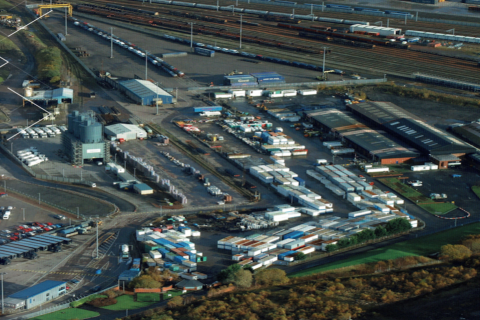Hupac adds Belgrade to its shuttle network

Belgrade’s Pancevo dry port terminal will be part of Hupac’s network starting from 2 March. The intermodal operator lays eyes on the Serbian rail freight market that will serve with one weekly roundtrip for a start. Belgrade’s primary connection will be the WientCont terminal in Vienna, which will also be a gateway to many more European hubs.
This is Hupac’s first direct service to and from Serbia since the company serves the Balkans through Romania and Bulgaria directly and on its way to and from Turkey. Apart from Vienna, this service provides connectivity possibilities with the Benelux area and hubs like Antwerp and Rotterdam, not excluding Germany and Italy.
As for the Pancevo dry port terminal, it was established recently and is located at Port Dunav Pancevo, one of Serbia’s railway hubs. It is an intermodal terminal able to serve rail, road and barge operations bringing three different transport modes together. It covers an area of 30,000 square kilometres and has a storage capacity of up to 3,000 TEU. Rail-wise, it has a pretty high rail freight throughput. It has two rail tracks, 500 metres long each, with the broader terminal area served by 16 more rail tracks in total.
A promising market
Serbia might not be among the known players for rail freight. However, it could be considered as a developing market. Positioned right in the heart of the Balkan region, it can work as a crossroad for traffic to and from the Greek ports of Thessaloniki and Piraeus towards central Europe. On top of that, the country itself is a potential generator of cargo volumes for export, since especially its southern part is a renowned industrial production region.
It is also part of what is known as Corridor X, which runs from Salzburg in Austria to Thessaloniki in Greece, and via a second branch from Budapest in Hungary to Istanbul in Turkey. These two branches form the shape of an X, and the lines intersect in the middle of Serbia. Additionally, the country’s railway network is currently undergoing intensive construction works, aiming to improve connectivity with Bulgaria, North Macedonia and Greece and Hungary in the north.
Also read:
You just read one of our premium articles free of charge
Want full access? Take advantage of our exclusive offer





